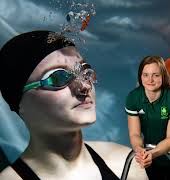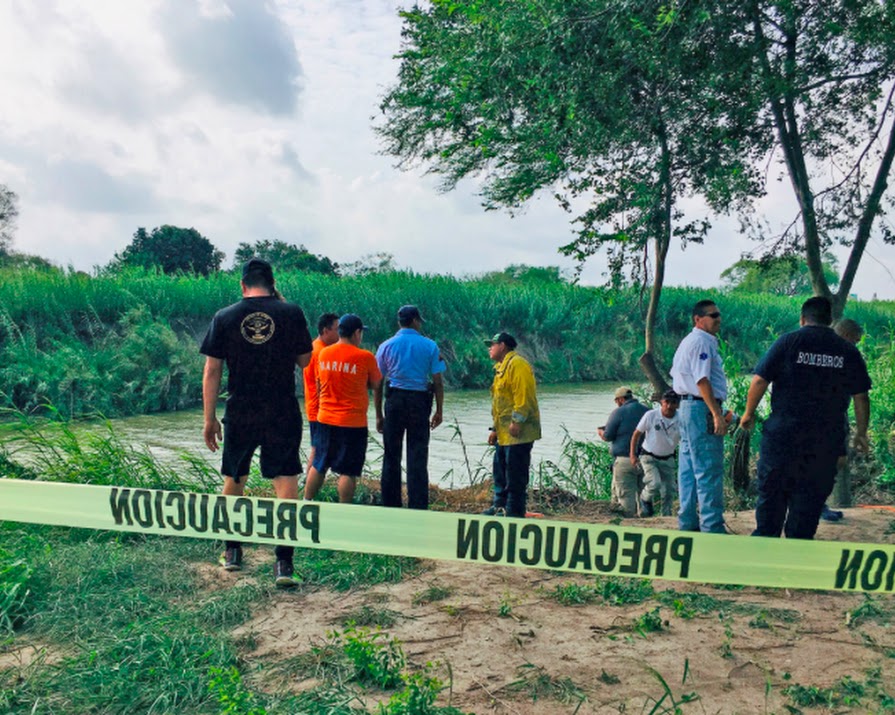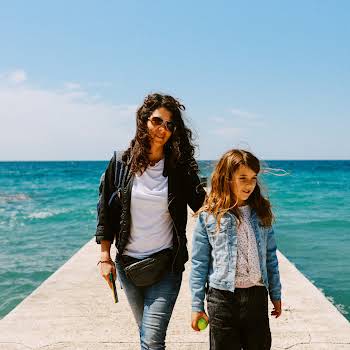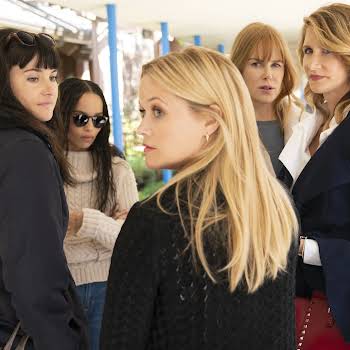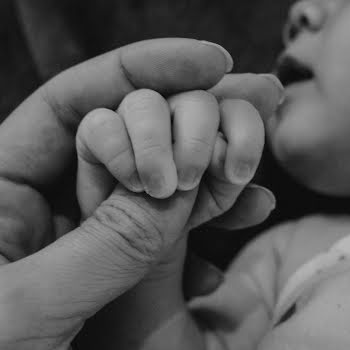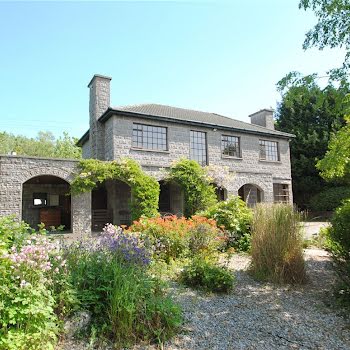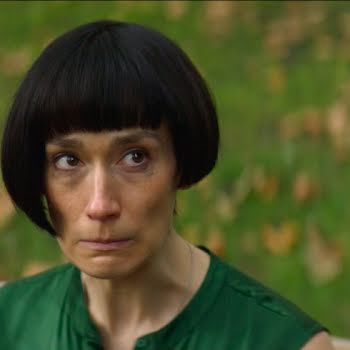
The picture that broke the heart of the world. And why we shouldn’t look away.
By Amanda Cassidy
28th Jun 2019
28th Jun 2019
Photos like this are powerful, they stop us in our tracks. But will its impact bring any real change to the fierce immigration debate, asks Amanda Cassidy.
Give me your tired, your poor, Your huddled masses yearning to breathe free, The wretched refuse of your teeming shore, Send these, the homeless, tempest-tost to me, I lift my lamp beside the golden door!” – Engraving on the Statue of Liberty
It is the haunting embrace that catches in our throats. The tiny baby arm still clinging to her father – holding on, even in death.
Salvadorian Valaria Ramírez was just a few days shy of her second birthday when she was found face-down by the murky river bank next to her father Óscar. She had been travelling on his back as they attempted to cross the Rio Grande into Texas – their search for a better life ending in the shallows halfway between Mexico and the United States.
Related: The children still suffering the trauma of the Trump family separation policy
A reporter for La Jornada, Julia Le Duc told The Guardian that Óscar and his wife Vanessa wanted to request asylum from US authorities but were told it would be weeks before they could start the process. Instead, they decided to swim across. “He crossed first with the little girl and he left her on the American side. Then he turned back to get his wife, but the girl went into the water after him. When he went to save her, the current took them both.”

A wake-up call
It is a photo that has been widely compared to the photograph of Syrian toddler, Aylan Kurdi whose body was found washed up on a Turkish beach in 2015. The picture of the little boy dressed in his travel clothes, his shoes still on his feet, moved millions of hearts. But did the image of his little body bring any real change? Alan’s aunt in Canada said described it as a watershed moment in the migrant debate “It was something about that picture,” she told the BBC. “God put the light on that picture to wake up the world.
“A little boy-shaped symbol of civilian suffering”
It was the unlikely voice of talk-show host Jeremy Kyle who put it best when he wrote at the time, “It’s like all the casualties we saw only ever registered in our heads without ever troubling our hearts. Well, this week Aylan changed all that.”
The impact of the photograph in all its tragic innocence mobilised ordinary people. There were volunteers on beaches, coffee mornings, collections. It seemed to be a wake-up call to the desperate plight of those who wanted to make a better life for their families. Equally, the picture of two-year-old Omran Daqneesh, who survived a Russian bomb in Aleppo went viral. A symbol of civilian suffering, the little boy, dusty, dazed and bloodied, broke our collective hearts…for a while.
Harrowing
The context in each case is different but the plight similar – Tragic consequences of a system that let them down. There are thousands of such heartbreaking cases of injustice and tragedy across the world every single day, yet why does it take a particularly harrowing image to shock us into action?
Psychologists call it the “identifiable victim effect”. It means that to perceive tragedy, apparently, we have to see a person as an individual. And one of the surest way to see someone as an individual and therefore as a victim is to actually see them. Death tends to magnify our perspective – the death of a child the most devastating and lasting part.
However, the history of tragedy actually shifting debate is poor. A study carried out at Sheffield University found that after an initial spike in public sympathy over particularly sad cases in the media, concern tends to ebb away.
Trauma
The reality is that most people get caught up with their own problems. It is easy to forget the predicament of strangers in a strange land – even if they are innocent children. This out-of-sight, out-of-mind mentality arguably points to the importance of exposing ourselves to these kinds of images, as harrowing as they may be.
“I find it hard to wrap my head around the horrific way humans are treating others”
The death of this father and daughter have brought the Trump administration’s crackdown on migration back into the headlines again. The new controls on the country’s asylum system have created a backlog of cases as condemnation over the separation policy of families at the border continues.
Texan-based Jodi Goodwin is an immigration attorney who works with homeland security on family separation cases. She says that her job representing migrants it extremely challenging emotionally, especially at the moment.
“It is a job where you have to deal with a lot of trauma and you are dealing with those who have gone through some pretty difficult events. I’m in a particularly good place in terms of my ability to work with people. I’ve been trained and counselled and I know that I can do some good for them.
But each case has the ability to really get me in my heart. I find it hard to wrap my head around the horrific way humans are treating others. I can compartmentalise, but the level of trauma and mental health strain that is becoming apparent is really concerning – especially for the children.”
A better way
“Their downfall was hope”
In 2019 there should be better ways of handling immigration without risk, trauma and death. Increased investment in conjunction with central American governments would help stabilise societies and deter the influx of migrants. It is unacceptable that someone should have to look at their tiny child and then still choose the life-threatening journey over the alternative in order to gamble for a better future for them.
The Ramírez’ downfall was hope – the prospect of a life in safety and dignity for Valaria. Maybe this sad, sad picture will be the impetus needed to fix the system – a system which remains as broken as her poor mother’s heart.
Read more: Why Melania Trump says she’s the most bullied woman in the world.
Read more: “You don’t love me anymore” The fallout from the US family separation policy
Read more: Handmaid’s trailer tells the US to buck up









